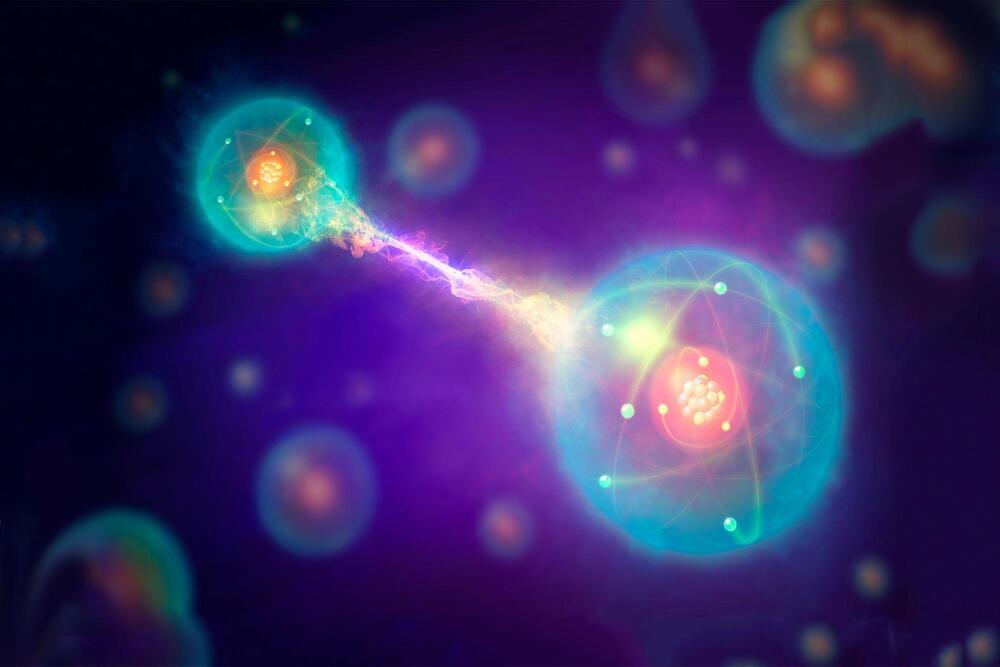A Q&A with Caltech alumnus John Clauser on his first experimental proof of quantum entanglement.
When scientists, including Albert Einstein and Erwin Schrödinger, first discovered the phenomenon of entanglement in the 1930s, they were perplexed. Disturbingly, entanglement required two separated particles to remain connected without being in direct contact. In fact, Einstein famously called entanglement “spooky action at a distance,” because the particles seemed to be communicating faster than the speed of light.
Born on December 1, 1942, John Francis Clauser is an American theoretical and experimental physicist known for contributions to the foundations of quantum mechanics, in particular the Clauser–Horne–Shimony–Holt inequality. Clauser was awarded the 2022 Nobel Prize in Physics, jointly with Alain Aspect and Anton Zeilinger “for experiments with entangled photons, establishing the violation of Bell inequalities and pioneering quantum information science.”









Comments are closed.